Solvents
Improve performance with industry-leading carbon solvents
Proven formulations for better CO2 capture and biogas upgrading.
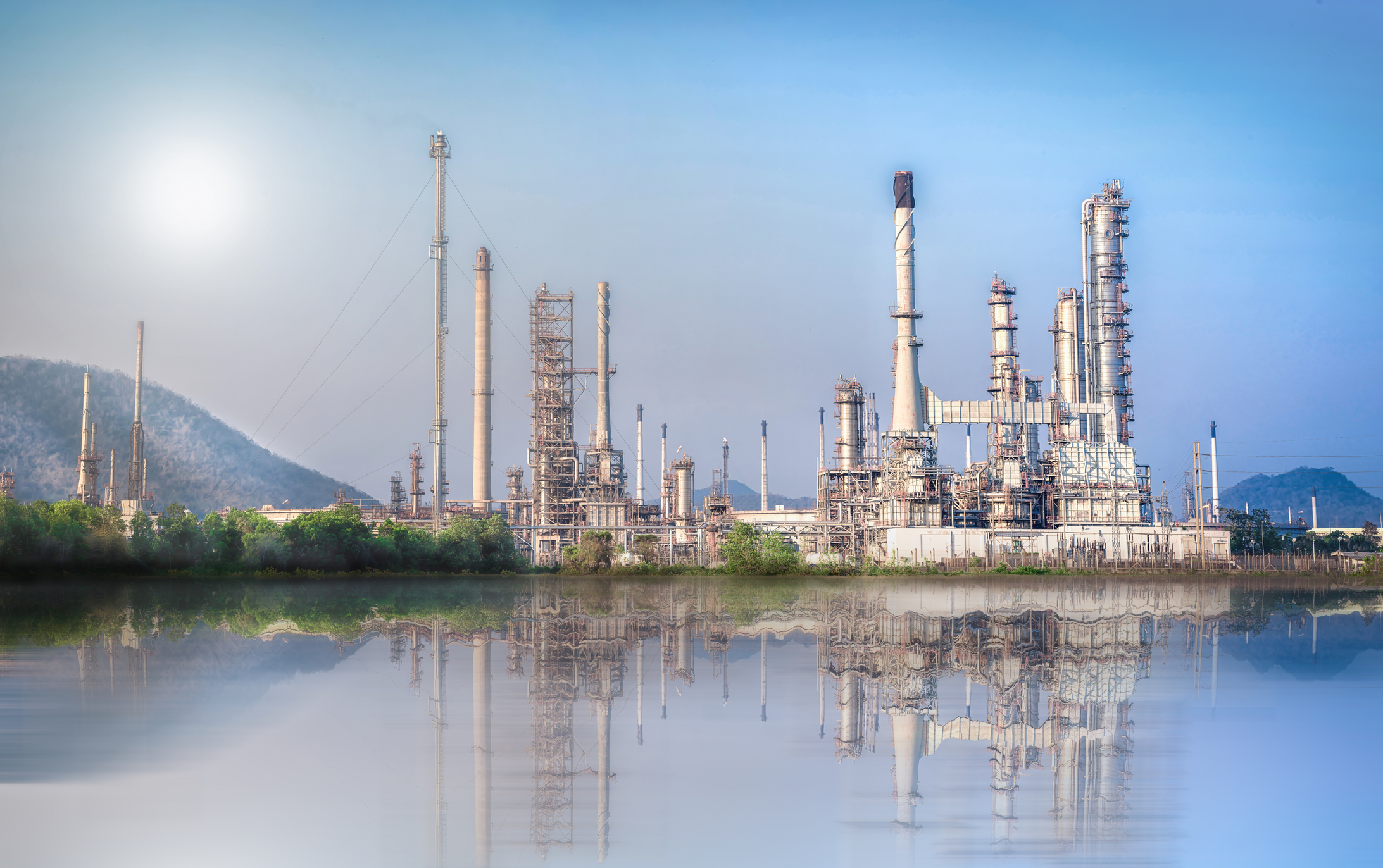
What is solvent-based carbon capture?
Carbon solvents — specially formulated liquids that extract carbon dioxide from a mixture of other gases — have been used for decades, and are the most proven and mature carbon capture technologies on the market. Conventional solvents for carbon capture are amine-based, with the most common being monoethanolamine (MEA).
Carbon Clean has improved upon conventional solvents with our patented formulation of amines and salts — known as Amine-Promoted Buffer Salts (APBS).
This innovation has been developed into two widely-used commercial solvents. APBS-CDRMax® was developed to extract CO2 from flue gas in large scale industrial plants. APBS-CARBex® was specifically designed for biogas/RNG upgrading.
These unique solvents can be used as either a drop-in substitute into existing systems such as biogas separation or used with an integrated carbon capture system.
APBS-CDRMax®
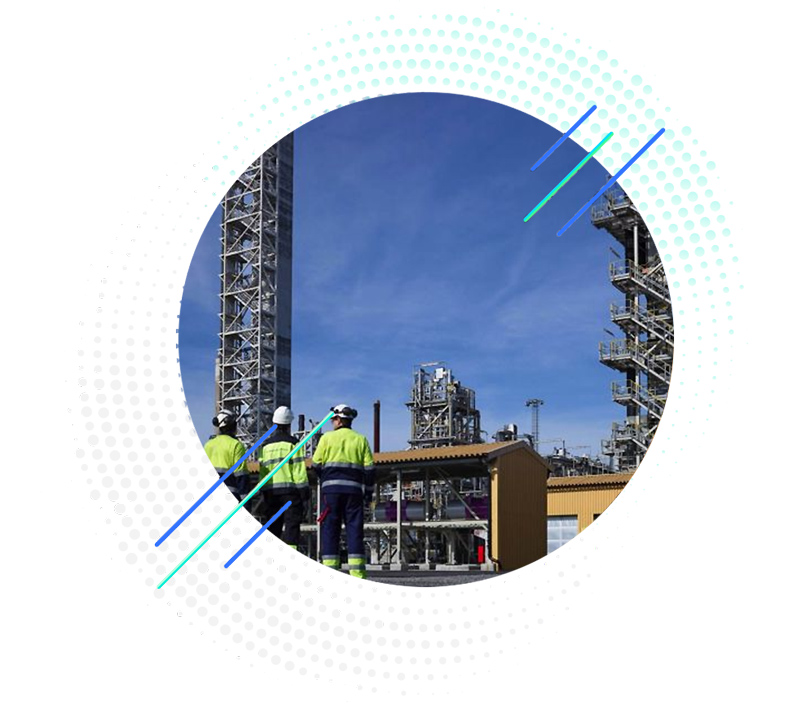
APBS-CDRMax® is a commercially-available CO2 capture solvent used for industrial flue gases or off-gases with CO2 concentrations ranging from 2.5-25% by volume.
The solvent can be paired with our CDRMax® process, or used as a drop-replacement for alternative solvents such as MDEA for low pressure gas separations. CDRMax produces CO2 with a purity of 95–99.9% and offers a $40/tonne cost of capture when used with our CDRMax process.
APBS-CDRMax® has high solvent stability, low corrosivity, low regeneration energy requirements, and holds up well in oxygenated environments. As a drop-in replacement, APBS-CDRMax® can reduce energy costs. In conjunction with our CDRMax® process, operational costs can be reduced 20–40% compared to conventional options.
Less corrosion and degradation
APBS-CDRMax® is less reactive to oxygen and shows 20x less corrosion and 10x less degradation compared to conventional solvents. This helps lower waste solvent disposal costs to a negligible amount.
Reduced foaming and waste
APBS-CDRMax® provides higher performance efficiency with less foaming, leading to a roughly 50% reduction in ongoing chemical requirement and waste disposal costs. This reduces amine carryover and the need for anti-foaming additives.
Lower aerosols
APBS-CDRMax® reduces solvent emissions to parts per billions (ppb) levels, exceeding environmental regulatory requirements and making approval easier.
Longer solvent life
Compared to MEA, APBS-CDRMax® has 5x longer solvent life and 86% less solvent makeup.
Drop-in replacement capability
APBS-CDRMax® can be used as a drop-in replacement of conventional solvents such as MDEA, MEA, or DGA and reduce thermal energy usage by 20% or more. APBS-CDRMax® is proven for power plants and boilers (gas and coal-fired).
APBS-CARBex®
APBS-CARBex® is a commercially-proven, widely-used proprietary solvent that reduces the cost of upgrading biogas compared to alternative technologies such as membranes or PSAs.
APBS-CARBex® uses thermal energy to remove CO2 concentrations of up to 50% volume from biogas and landfill gas streams at low pressure. Over 99% of the raw methane is recovered to produce pipeline-quality natural gas (RNG) or compressed natural gas (CNG).
Additionally, APBS-CARBex® can offer improved operating performance compared to alternative solvents such as MDEA, MEA, and DGA for CO2 removal systems operating at low pressures.
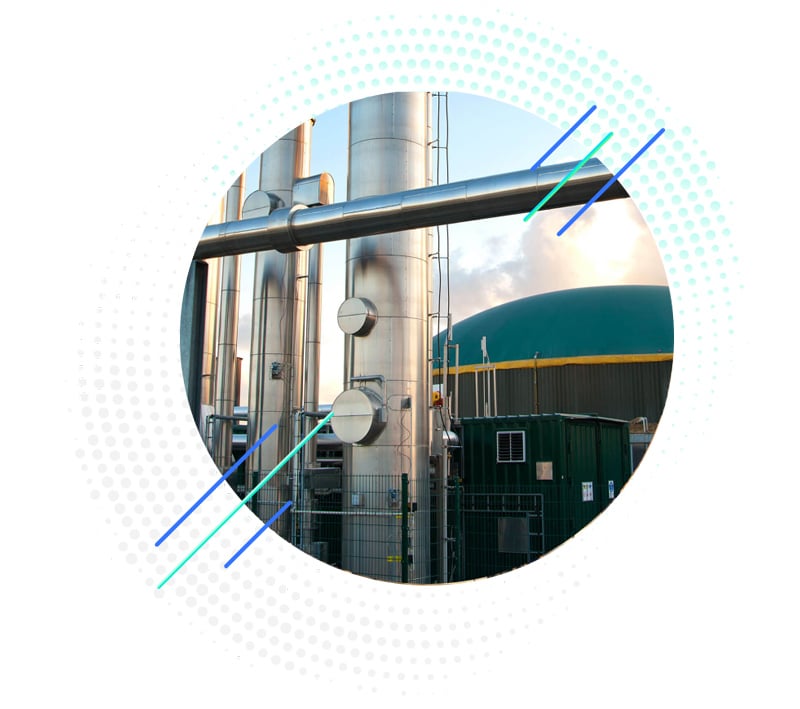
Lower energy costs
APBS-CARBex® requires less compression, resulting in savings of energy usage and cost. Compared to conventional amine solvents, APBS-CARBex® requires around 15% less thermal energy. Compared to methods such as membrane, water scrubbing, and PSA, APBS-CARBex® reduces electricity usage by around 70-80%.
Maximised Methane Purity
When compared to competing technologies, APBS-CARBex® results in a higher methane quality of greater than 99% vol, with less than 1% of raw methane lost.
Lower disposal costs
APBS-CARBex® provides higher performance efficiency with less foaming, leading to a roughly 50% reduction in ongoing chemical requirement and waste disposal costs.
Longer solvent life
APBS-CARBex® keeps working and resists thermal and chemical degradation, lasting 5x longer than conventional solvents.
Drop-in replacement capability
APBS-CARBex® can be used as a drop-in replacement to upgrade performance without any equipment changes or capital costs.
Success stories
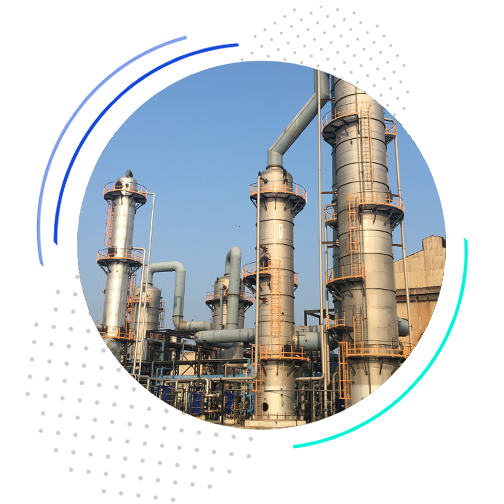
Purpose-built: Technology for industry
In 2016, Tuticorin Alkali Chemical and Fertilizers Ltd. partnered with Carbon Clean to create the world’s first fully commercial carbon capture, storage and utilisation plant. Located near Chennai, it has been achieving over 90% carbon capture rates since it began operation.
Carbon Capture Rate
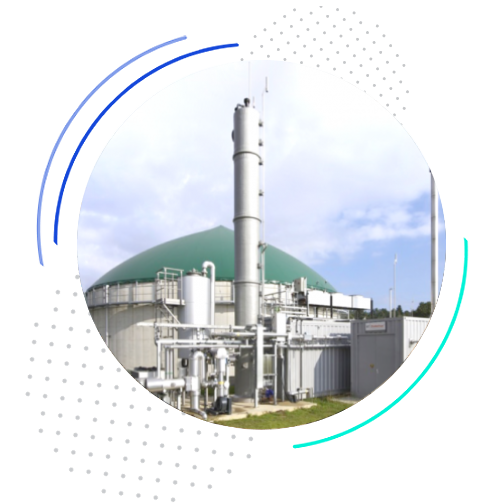
Proprietary: High-performance solvents
Since 2018, Carbon Clean in collaboration with Arcanum Energy has surpassed 500,000 m3 of biogas processed per day with its APBS-CARBex® solvent in their biogas upgrading facilities in Germany. Compared to the standard amine, Carbon Clean’s technology provides several advantages that allows the plants to operate more efficiently.
Less Thermal Energy
.png)
Breakthrough: Technology for low-cost carbon capture
In 2017, Carbon Clean announced breakthrough test results from the Technology Centre Mongstad (TCM) pilot. Corrosion testing confirmed that with APBS-CDRMax®, it is possible to construct with less expensive materials such as carbon steel rather and a lower grade of stainless steel.
Cost Reduction (up to)
Industries
Our next-gen carbon capture technology is designed specifically for hard to abate industries, including steel, cement, refinery, waste to energy and biogas.
Cement
With more than 4 billion tonnes of cement produced globally each year, the cement industry generates approximately 8% of all global CO2 emissions. But the process is one of the easiest to facilitate carbon capture.
Learn MoreRefineries
While processing by refineries only contributes around 5 to 10% of the total emissions resulting from oil products, the opportunities for reducing these are significant due to the nature of the processes used. Major players in the industry are already pledging to achieve net zero by 2050.
Learn MoreSteel
The highly complex process of steel-making provides multiple opportunities for carbon capture, including using CCUS on the blast furnace to capture and store the majority of carbon emissions.
Learn MoreEnergy from waste
By utilising CCUS at EfW plants, municipal authorities can decarbonise the entire waste chain, and achieve a huge reduction in the carbon footprint of individuals in cities.
Learn More
Biogas
CO2 and other impurities must be removed from renewable natural gas (RNG) feeds – like biomethane and landfill gas — to meet purity specifications. Our proprietary solvent is a simple drop-in enhancement for current solvents, delivering better performance for CO2 removal.
Learn More
